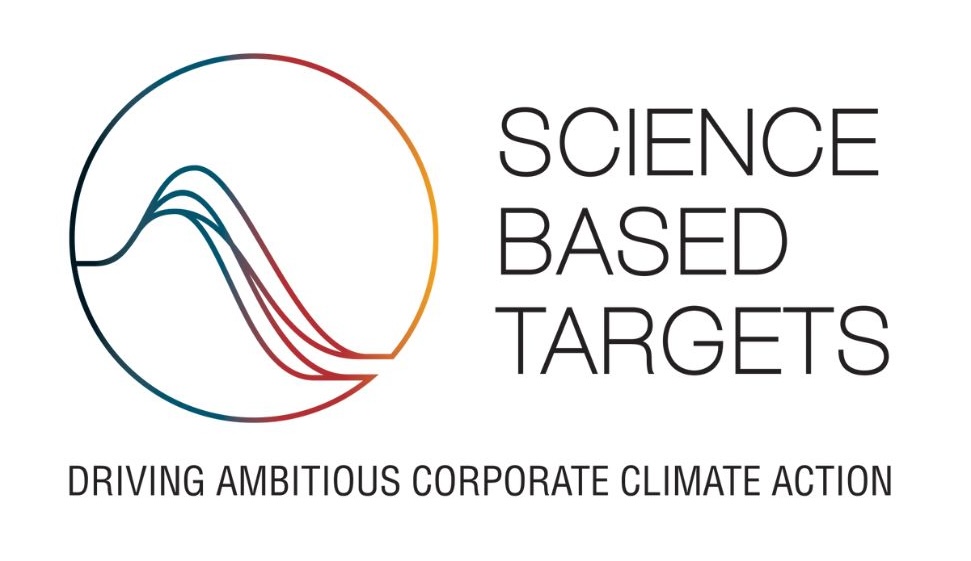Find your new home...
Main menu
At Cala, we are acutely aware of the impacts of climate change not just on our customers and business, but on communities and ecosystems across the world.
Our ambitious near- and long-term emissions reduction targets are approved by the Science Based Targets initiative (SBTi) under the SBTi’s Buildings Sector criteria.
We have committed to achieving net-zero emissions across our entire value chain by 2045, allowing us to play our role in mitigating against the worst impacts of climate change.
Aligning with the goals of the Paris Agreement, our science-based targets demonstrate our firm commitment to achieving net-zero emissions by 2045.

Reduce absolute scope 1 and 2 GHG emissions 63.0% by 2035 from a 2023 base year.*
Reduce upfront embodied scope 3 GHG emissions of new buildings, covering capital goods, 71.7% per sqm within the same timeframe.
Reduce scope 3 GHG emissions from waste generated in operations, business travel and use of sold products 66.4% per sqm of developed floor area within the same timeframe.
Install no new fossil fuel equipment that is owned or financially controlled by Cala in its buildings portfolios from 1 January, 2030.
Reduce absolute scope 1 and 2 GHG emissions 90.0% by 2045 from a 2023 base year.*
Reduce upfront embodied scope 3 GHG emissions of new buildings, covering capital goods, 96.8% per sqm within the same timeframe.
Reduce scope 3 GHG emissions from purchased goods and services, waste generated in operations, business travel, use of sold products and end-of-life treatment of sold products 97.0% per sqm of developed floor area within the same timeframe.
Scope 1 and 2 emissions
These include energy and fuel used in Cala offices, on our building sites, and in our vehicles.
Scope 3 emissions
Upfront embodied carbon refers to the emissions ‘locked into’ the building materials used in homes and on developments. Separately, the Scope 3 other emissions target includes those from business travel, from treatment of construction and office waste, and from the lifetime operational use of homes.
*The target boundary includes land-related emissions and removals from biogenic feedstocks.